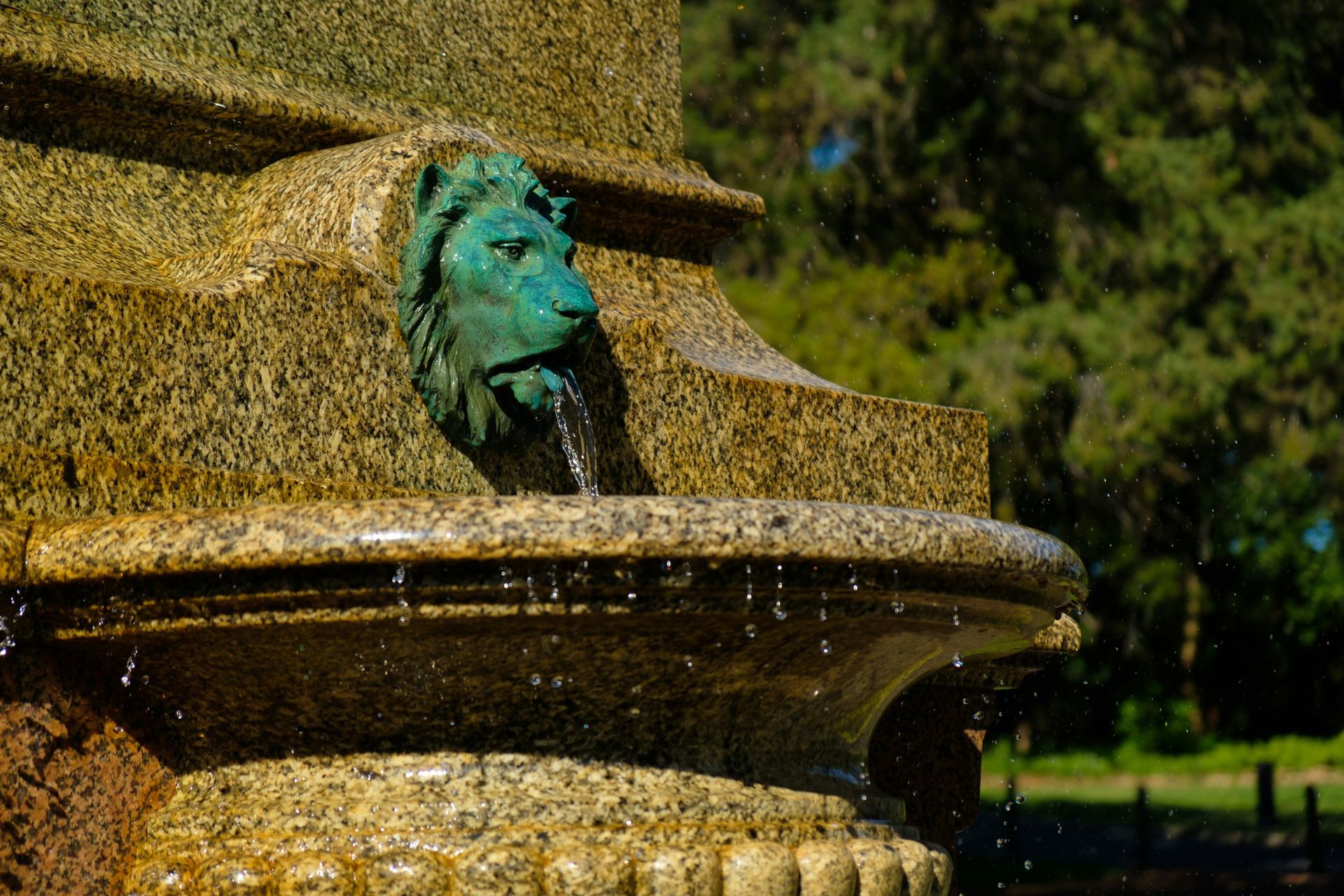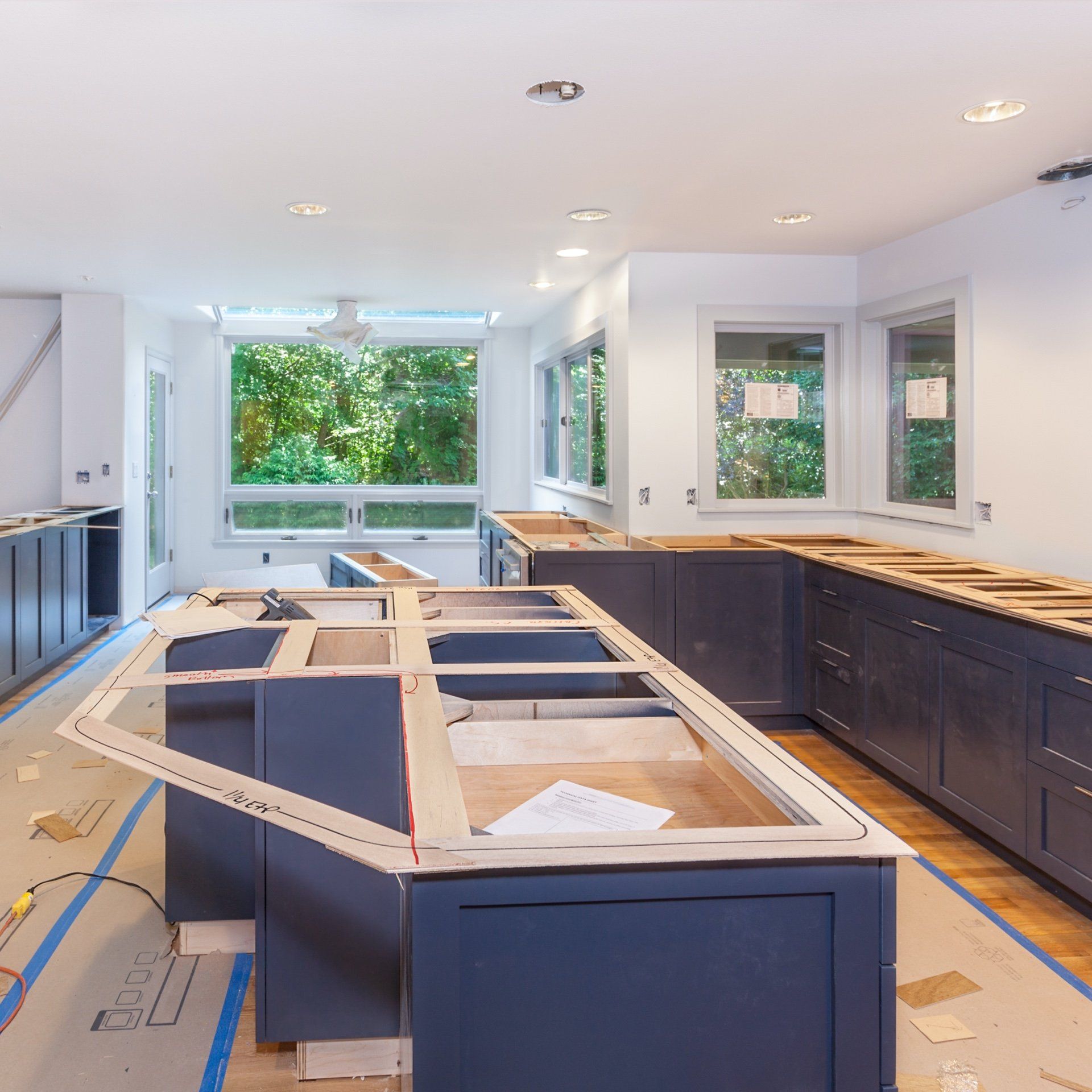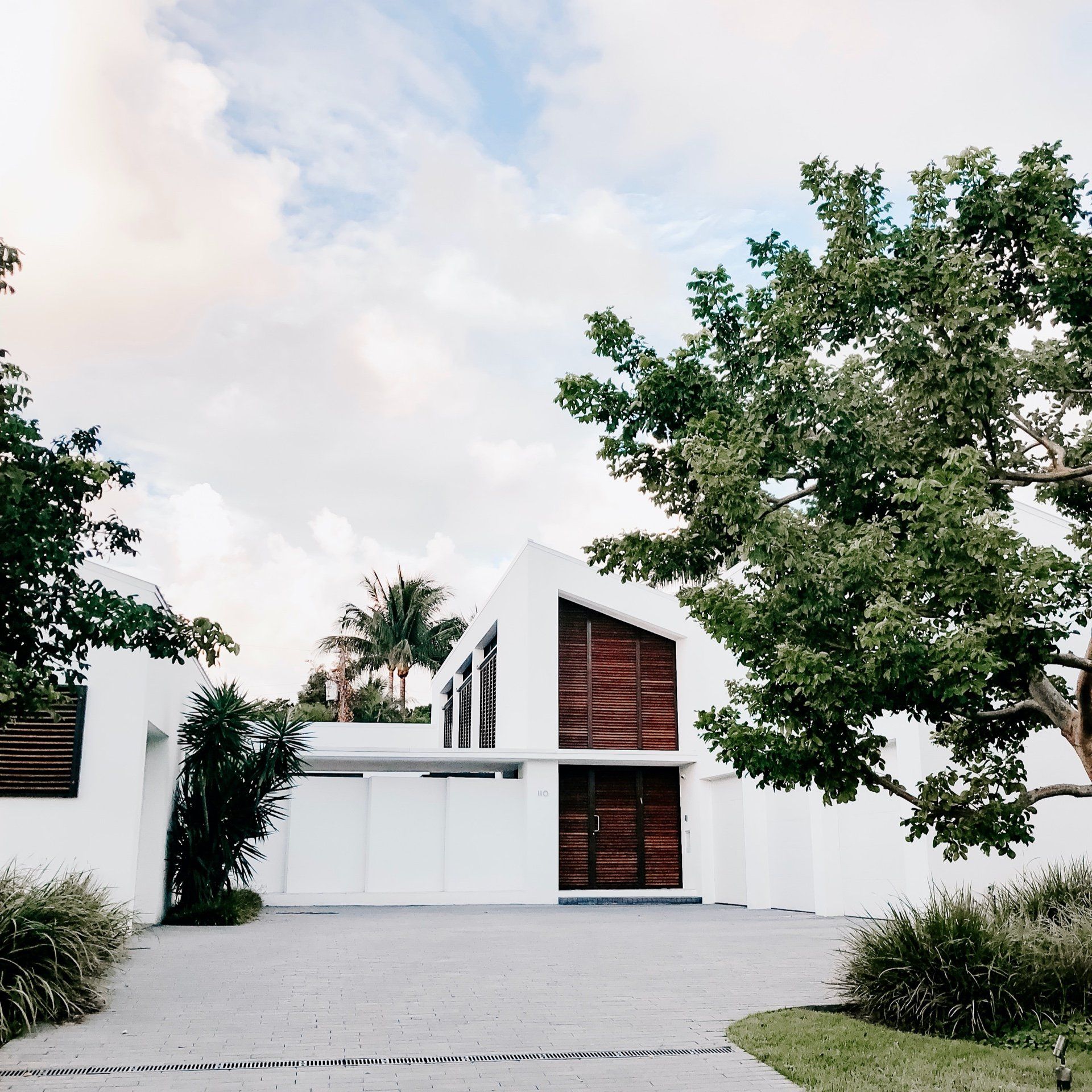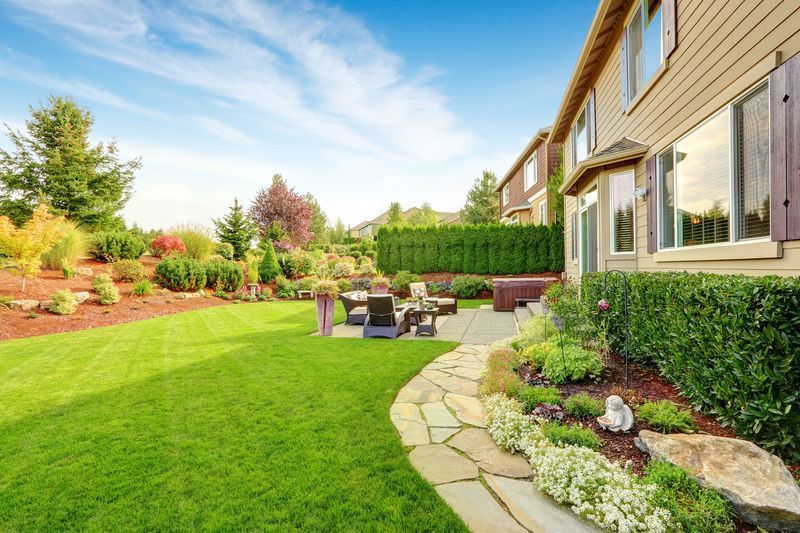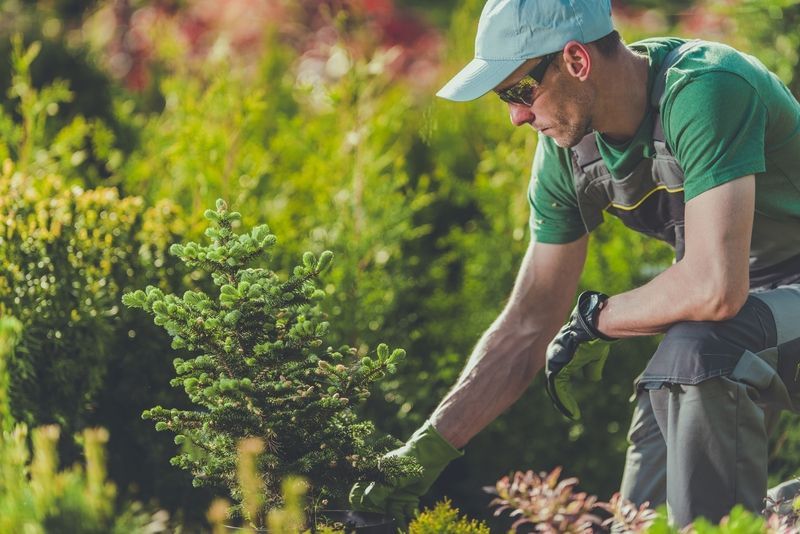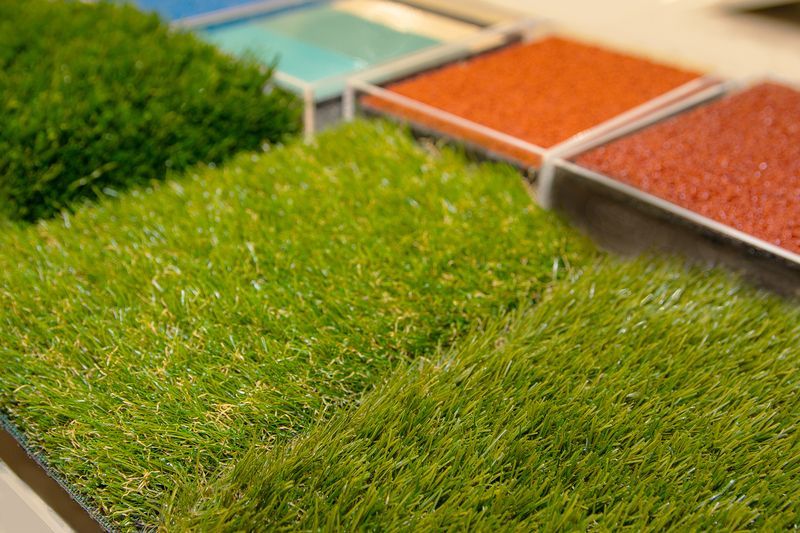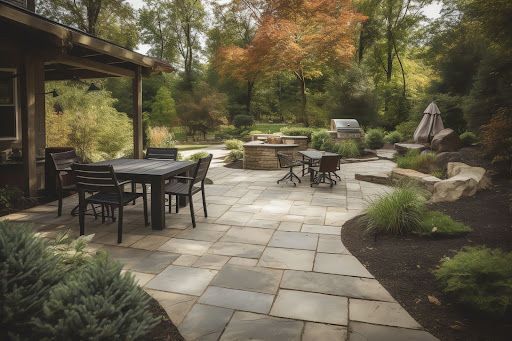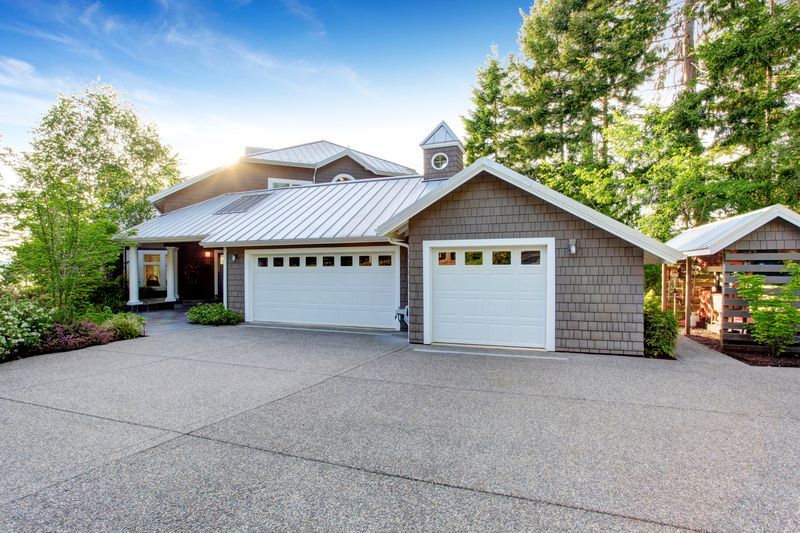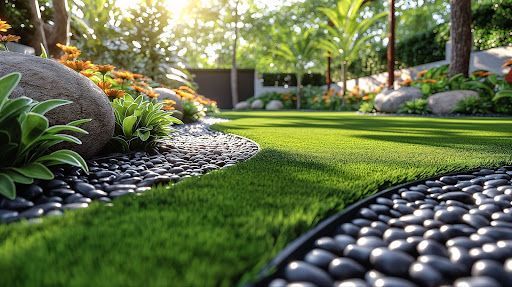The Ultimate Guide to Choosing the Right Landscaping Style for Your Sacramento Home
Sacramento’s warm Mediterranean climate provides a rich backdrop for designing outdoor spaces that flourish year-round. From the timeless appeal of traditional landscapes to sleek contemporary layouts with modern hardscapes, selecting the right landscaping style can enhance curb appeal, boost property value, and create a personal oasis for enjoying the region’s abundant sunshine. Below is an exploration of various landscaping styles, what makes them suitable for Sacramento’s climate, and how you can adapt them to your home.
Understanding Sacramento’s Climate for Landscaping Success
Sacramento experiences long, hot summers and mild, rainy winters. According to the National Weather Service, the city sees an average of over 250 days of sunshine annually. With such abundant sunlight and seasonal fluctuations, it’s vital to choose plants that can tolerate high temperatures and occasional drought. Many homeowners incorporate irrigation systems designed for efficiency, such as drip irrigation or smart controllers, which help reduce water waste. Proper drainage is also essential during the rainy months to prevent waterlogged soil and root damage. By paying close attention to water needs and planting zones, you can ensure a sustainable, vibrant landscape all year.
Traditional Landscaping: Timeless Elegance
Traditional landscaping in Sacramento relies on a carefully structured aesthetic known for its symmetry, lush greenery, and unified design elements. Well-manicured lawns and ornamental shrubs are common in these spaces, offering a sense of refined order. Classic shrubs, such as boxwood or holly, work well for property borders, while perennials like lavender and Echinacea add seasonal color.
Including small trees, such as crape myrtles, introduces shade and blossoms, especially during the sun-drenched summer months. This style can be visually stunning and creates a welcoming environment, but it is worth noting that maintaining neat, orderly structures can require considerable effort. If you have limited time for yard care, consider hiring professional landscapers or selecting slightly less maintenance-intensive varieties within the traditional style.
Contemporary Landscaping: Sleek and Minimalist
Contemporary landscapes place an emphasis on clean lines, open spaces, and modern materials like concrete, metal, and stone. Instead of relying on broad expanses of lawn or dense plantings, these designs often use monochromatic hardscapes and carefully chosen, drought-tolerant plants to create bold statements.
Succulents and heat-resistant species such as agave or yucca coordinate beautifully with stone or gravel backgrounds, producing a striking contrast. These spaces usually require less water and upkeep than more plant-heavy designs, thanks to minimal lawns and reliance on hardscapes. By embracing sleek walkways, polished planters, and architectural features, you can craft a low-maintenance yard that showcases modern sophistication while supporting water conservation efforts.
Eclectic Landscaping: Blending Styles
For homeowners who are drawn to a mix of aesthetics, eclectic landscaping combines elements from different themes into a harmonious whole. This flexible approach allows you to introduce traditional flourishes, contemporary edges, or even Mediterranean and Asian-inspired details.
Choosing plants that share similar watering and light requirements is essential so each portion of the yard remains healthy and cohesive. An example of this might be pairing ornamental grasses such as fountain grass with drought-tolerant groundcovers like lantana, or installing a small water feature made from native stones as a focal point. Eclectic designs thrive when every addition feels intentional, giving your yard a vibrant yet unified appearance reflective of your personal style.
Considering Property Size and Maintenance
Virtually any landscaping style can be adapted to fit the size of your property. Smaller lots benefit from creative solutions that maximize vertical space, such as climbing roses or trellises, to draw the eye upward. Larger properties might allow for winding pathways, separate entertaining areas, or garden “rooms” defined by hedges or privacy screens.
Regardless of your yard’s size, long-term maintenance should remain a key focus. Frequent pruning, fertilizing, and watering may be essential for some designs, whereas others encourage self-sustaining, drought-tolerant species. Matching your lifestyle and schedule with the demands of a particular landscaping style ensures your outdoor space remains a joy rather than a burden.
Seasonal Changes and Local Flora
Although Sacramento winters are mild, seasonal shifts still affect how plants grow and bloom. Native California wildflowers, such as California poppies, often put on their show in the spring, while winter annuals like pansies add color through cooler months. Embracing several plant varieties that flourish in different seasons can keep your yard lively and interesting year-round.
Spring is an excellent time for planting new shrubs and performing general garden enrichment. Summer requires diligent irrigation and mulching to protect root zones from high temperatures. Fall marks the moment for pruning and preparing your garden for cooler, wetter conditions. For guidance on selecting native plants best suited to the region’s specific climate and soil conditions, the California Native Plant Society offers extensive resources.
Incorporating Reliable Water Conservation
Water conservation remains a central concern in California. Even if you don’t opt for a purely xeriscape garden, implementing water-saving techniques can significantly reduce both costs and environmental impact. Trimming outdoor water usage down can lead to substantial overall conservation in drought-prone regions.
Installing drip irrigation systems targets water directly to root zones, while carefully timed sprinklers ensure minimal waste. Mulching around plants and choosing drought-tolerant species are additional strategies that help the soil retain moisture. By prioritizing efficient watering practices, you can craft a beautiful space without placing excessive stress on Sacramento’s water supply.
Embracing the Sacramento Lifestyle
Landscaping in Sacramento often mirrors the city’s relaxed, welcoming atmosphere. Residents frequently use their yards for social gatherings, barbecues, and quiet reflection, so consider how your space will function day-to-day. If you host friends and family regularly, planning for seamless foot traffic and comfortable seating is crucial. Those seeking relaxation might look for shady corners and small water features that introduce the soothing sound of moving water. When style, comfort, and functionality come together, your landscape can become a cherished extension of your home.
If you’re interested in professional advice or exploring personalized solutions tailored to your property, we invite you to visit our California Exteriors website for more resources. For a direct conversation about designing the perfect outdoor space for your Sacramento home, head to our Contact page and let us help you transform your landscape into a flourishing haven that truly reflects your lifestyle.

